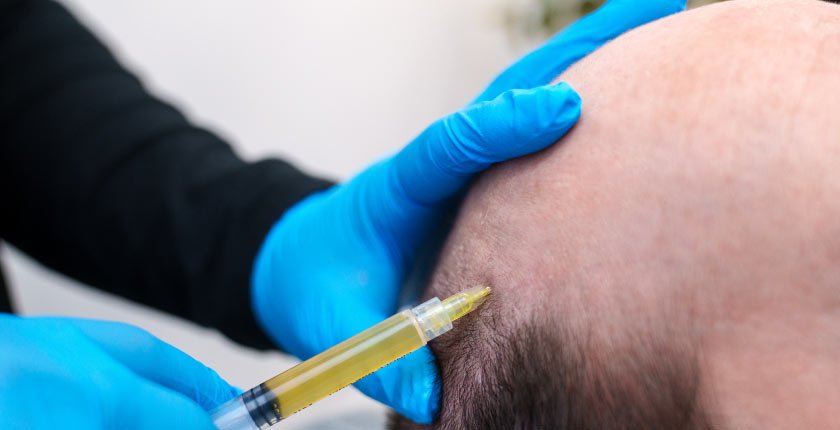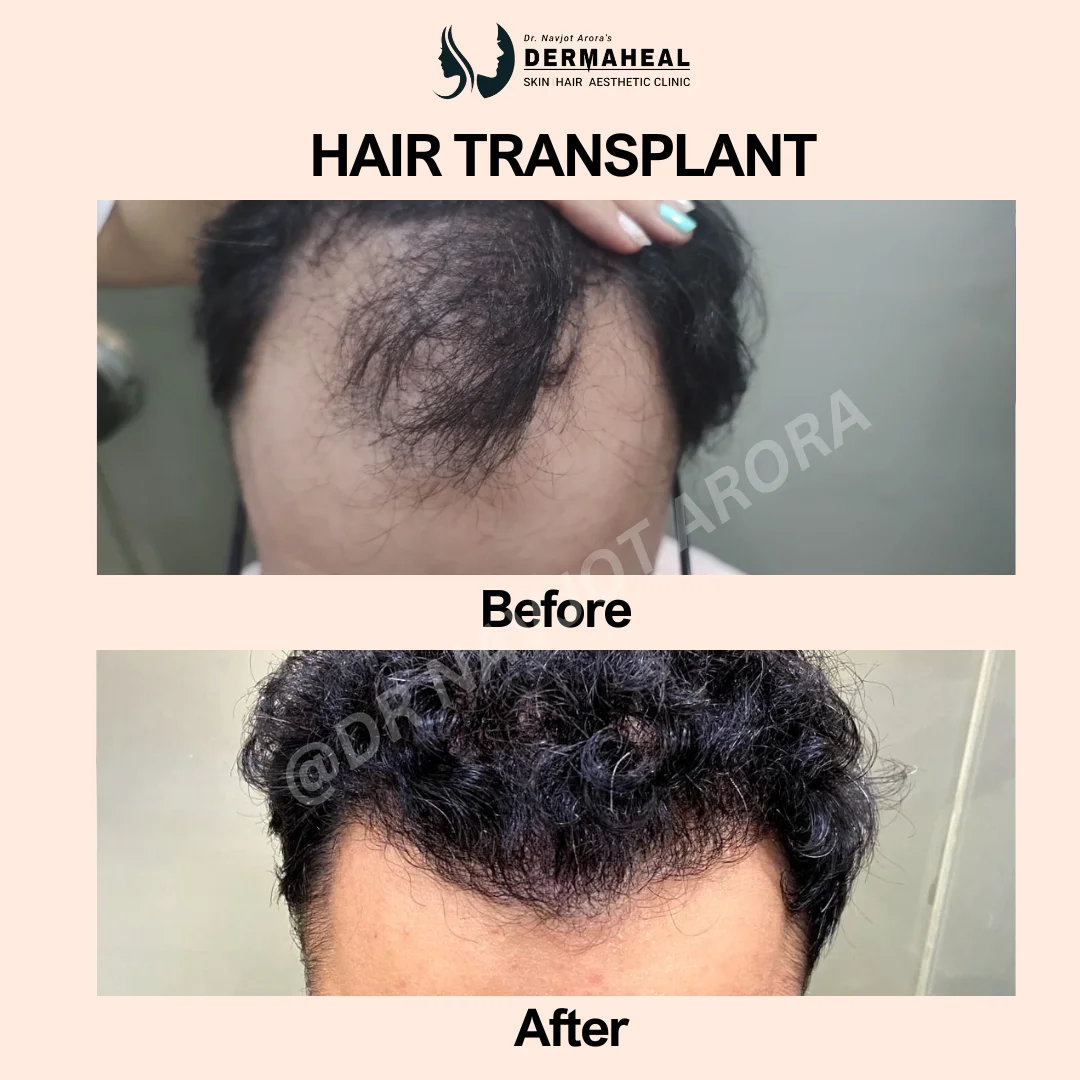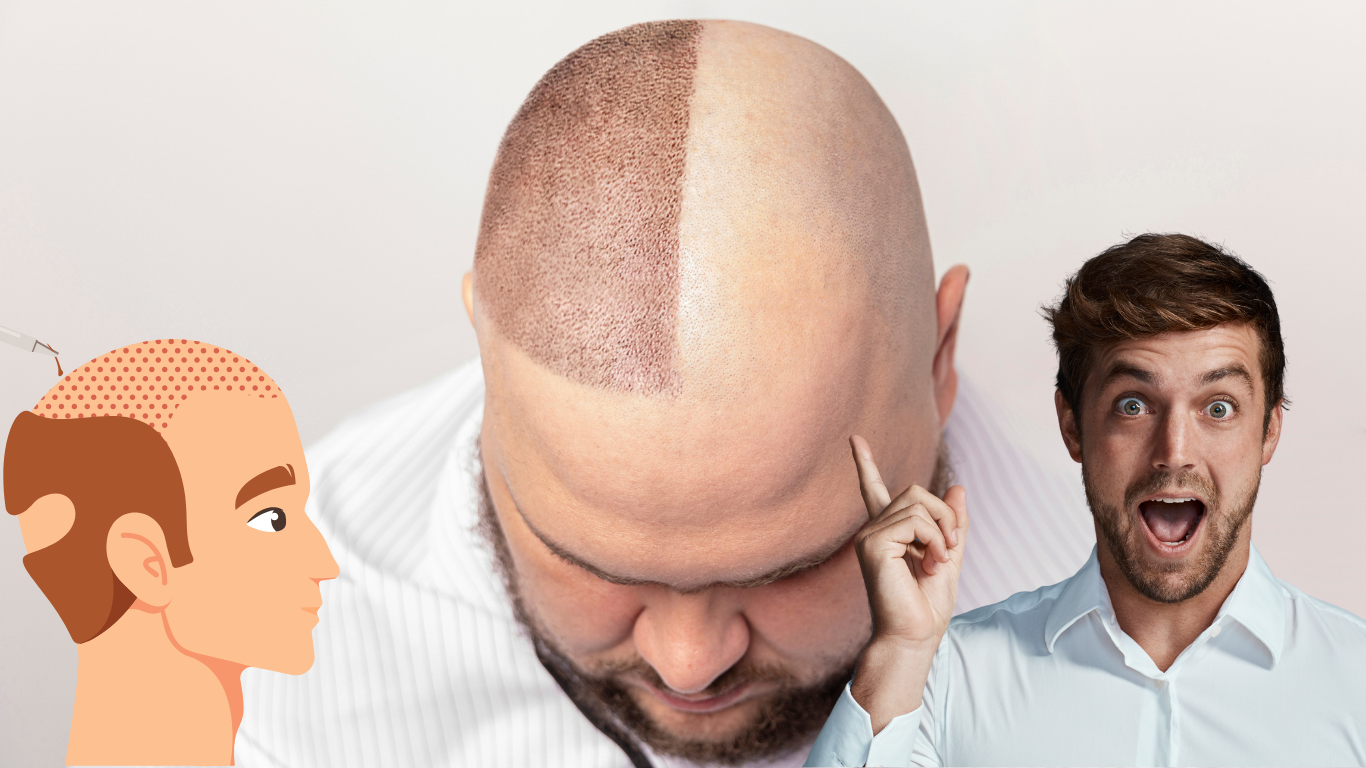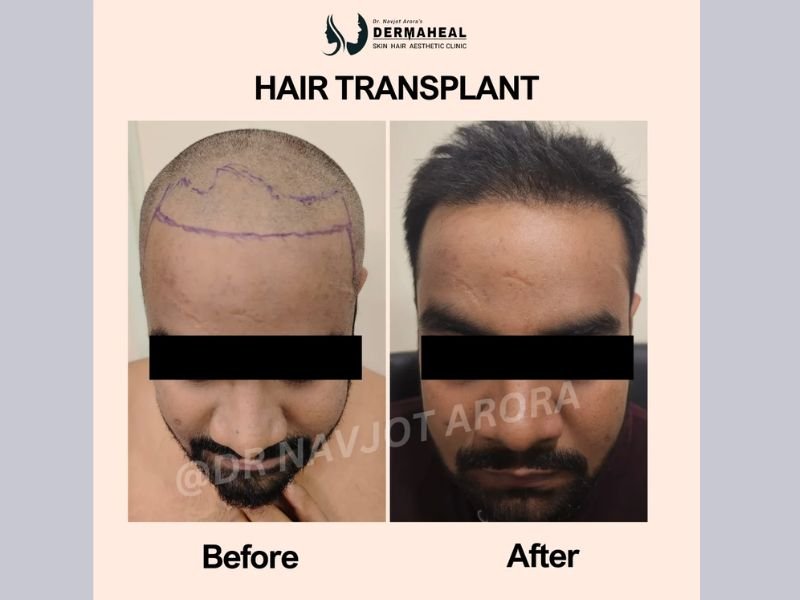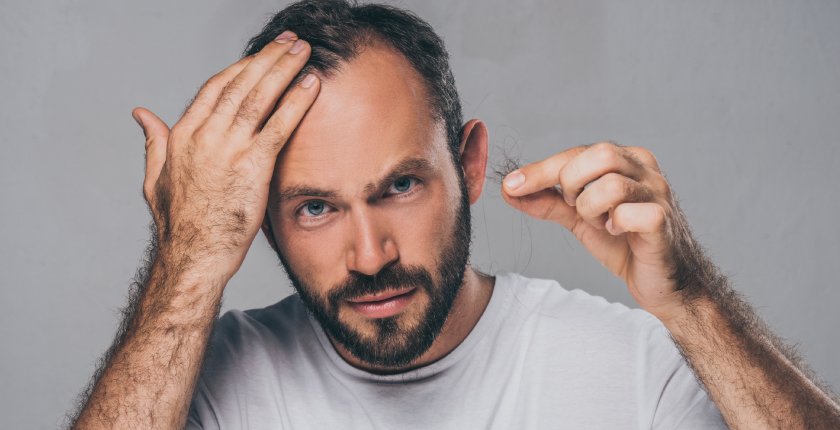
Introduction
Hair fall is a common concern for many men, impacting their appearance, confidence, and self-esteem. Among the various types of hair loss, male pattern baldness is one of the most common and recognizable conditions. This comprehensive guide will delve into the intricacies of exploring its causes, symptoms, progression, treatment options, preventive measures, and best practices for managing this condition effectively.
Understanding Male Pattern Baldness
Male pattern baldness, also called androgenetic alopecia, is a hereditary condition characterized by gradually thinning hair follicles in a specific pattern. This pattern typically begins with a receding hairline and thinning crown, eventually leading to partial or complete baldness in some men. While it can affect men of any age, it is most commonly observed in older adults.
Causes of Hair Loss in Men
The primary cause of male pattern baldness is genetics, with inherited genes from both parents playing a significant role in determining susceptibility to the condition. However, other factors such as hormonal imbalances, ageing, stress, and certain medical issues can also contribute to hair loss in men.
Stages of Balding: Recognizing Male Pattern Baldness
Male pattern baldness progresses through distinct stages, each characterized by specific hair loss patterns. These stages are commonly classified using the Norwood scale, which ranges from minimal hair loss at Stage 1 to extensive baldness at Stage 7. Recognizing the stage of balding can help men understand the severity of their condition and guide them in choosing appropriate treatment options. & also guide them regading prognosis & scope of improvement.
Symptoms and Progression of Male Pattern Baldness
The symptoms of male pattern baldness vary based on the stage of progression. Early signs may include a receding hairline, thinning of hair on the crown, and increased hair shedding during grooming or washing. As the condition advances, these symptoms may worsen, leading to more noticeable bald areas and overall hair thinning.
Hair Loss Treatment Options for Men
Numerous treatment options are available to help men manage male pattern baldness and promote hair regrowth. These include over-the-counter medications such as minoxidil and prescription drugs like finasteride, which stimulate hair follicles and prevent further hair loss. Additionally, surgical procedures such as hair transplants offer a more permanent solution for men seeking to restore their hairline and achieve fuller hair growth.
Preventing Hair Fall in Men
While male pattern baldness is primarily genetic, certain lifestyle changes and preventive measures can help minimize hair fall and preserve existing hair follicles. This includes following a healthy diet for hair health, avoiding excessive heat styling and harsh chemicals, practising stress management techniques, and adopting a regular hair care routine tailored to individual needs.
Promoting Hair Regrowth in Men
In addition to preventing further hair loss, men experiencing male pattern baldness can explore strategies to promote hair regrowth and improve their hair’s overall thickness and density. This may involve using specialized hair growth shampoos and conditioners, incorporating scalp massages and microneedling into their grooming routine, and exploring alternative therapies such as laser therapy and Treatments for Male Pattern Baldness
Medical interventions play an important role in the treatment of male pattern baldness, offering men a range of options to address their hair loss concerns. From topical solutions and oral medications to advanced surgical techniques, each treatment modality targets different aspects of the hair growth cycle to halt hair loss and stimulate new hair follicle growth. Consulting a qualified medical practitioner can help men find the most suitable treatment approach based on their unique needs and preferences.
Best Practices for Managing Baldness in Men
Managing baldness goes beyond treating hair loss—it involves embracing one’s appearance confidently and adopting practical strategies to maintain a positive self-image. From choosing flattering hairstyles and grooming techniques to exploring non-surgical hair replacement options such as wigs and hairpieces, men have numerous resources to feel comfortable and confident in their skin. Additionally, seeking support from peers and professionals through online forums, support groups, and counselling services can offer valuable emotional support and encouragement on the journey to acceptance and self-confidence.
In conclusion, male pattern baldness is a common and often distressing problem that affects millions of men worldwide. By understanding the underlying causes, recognizing the symptoms and stages of progression, exploring available treatment options, and implementing preventive measures and best practices for managing baldness, men can take proactive steps to address their hair loss issues and embrace their appearance with confidence and pride. Remember, baldness won’t define your worth or identity—true confidence comes from within, and embracing who you are, regardless of your hairline, is the key to self-acceptance and happiness.


